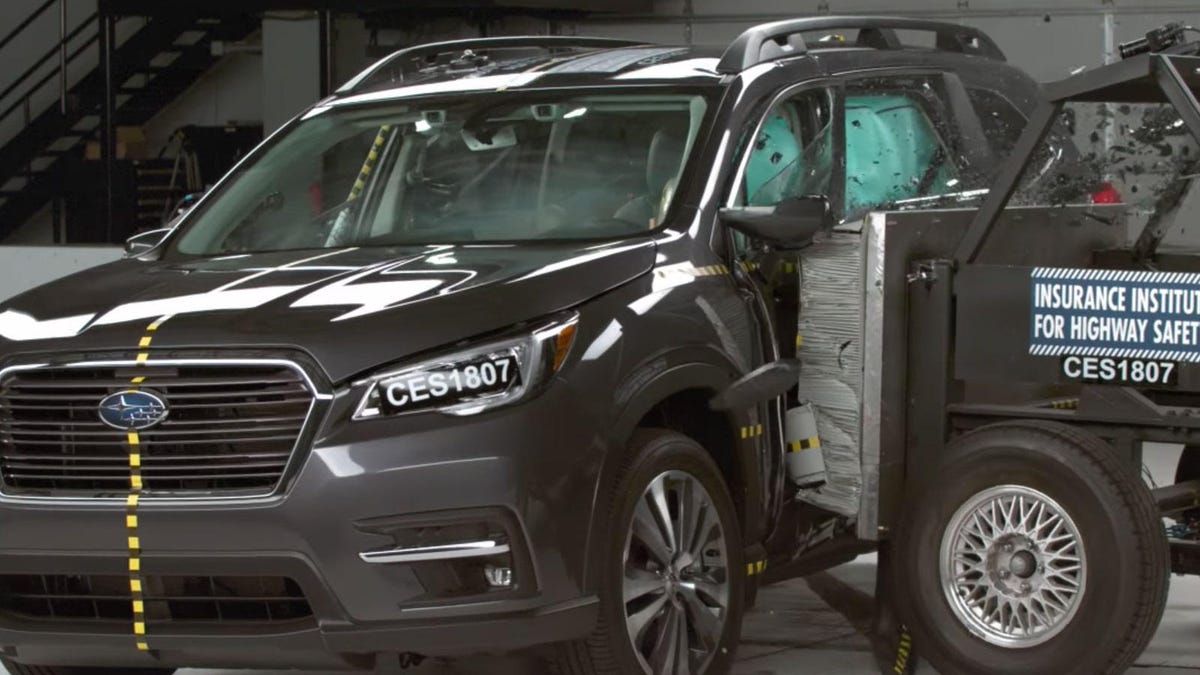IIHS thinks the back seat needs a safety overhaul
The safety watchdog believes front-seat riders have the better end of the deal.

The Insurance Institute for Highway Safety goes a step above and beyond federal crash tests, subjecting new cars to an ever-changing battery of tests that seeks to force automakers to continually tweak their cars to improve passenger safety. The Institute's latest effort brings that focus to the back seat.
The IIHS on Thursday published a story in which the group claims that back seat safety has long existed at a disadvantage compared to occupants in the front row. Thus, the IIHS is working to develop a new vehicle evaluation that will get automakers to improve their safety systems for back seat passengers. It's currently researching exactly how to evaluate these improvements in the future.
"Manufacturers have put a lot of work into improving protection for drivers and front-seat passengers. Our moderate overlap front crash test and, more recently, our driver-side and passenger-side small overlap front tests are a big reason why," said David Harkey, president of IIHS, in a statement. "We hope a new evaluation will spur similar progress in the back seat."
Yes, there are already some airbags back there, but that doesn't mean the second row is as safe as it could be.
The Institute isn't just talking about seatbelts, but rather the entire ecosystem of safety that also includes airbags. In its release, the IIHS notes that front-seat occupants relish in a variety of safety systems, from seatbelt tensioners that grip the occupant in a crash to a number of airbags on all sides that help soften the blow of a collision. Those in the rear seat do have seatbelts and side airbags, but there are no front-facing airbags back there, nor does every automaker equip its second-row belts with force limiters and tensioners.
To reinforce the reason for its decision, the IIHS published a new study that examined 117 frontal crashes where rear-seat occupants suffered serious injury or death. According to this study, the most common type of serious injury was to the chest, which force limiters could help mitigate. A number of the cases that the IIHS looked at pointed out that those in the second row suffered more severe injuries than people riding up front. The Institute also suggested that automakers might want to find a way to add front airbags to the rear seats, as well, but it noted that no automaker has done that yet.
The IIHS also noted that it's not the group's responsibility to recommend specific types of new safety systems. Rather, its evaluation is intended to spur automakers to innovate on their own and create a solution that, at its base level, makes the car a safer place to be for every passenger.

